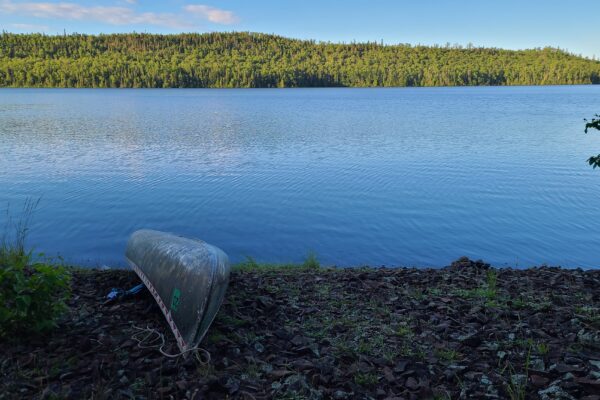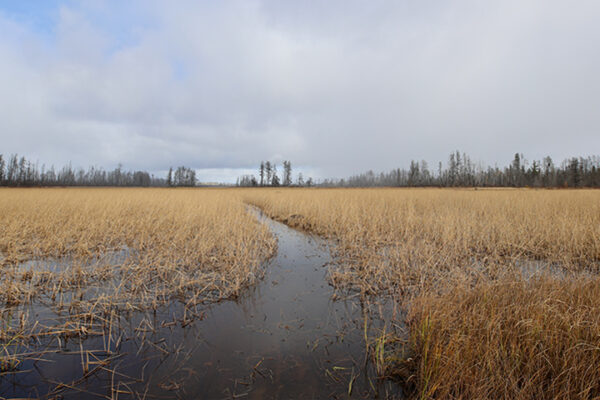Emerald Ash Borer: signs to watch for and how to slow the spread
The Emerald Ash Borer (EAB) has killed millions of ash trees across the state, according to the Minnesota Department of Agriculture. Cook County has yet to see an EAB population take hold, but active populations are being monitored in Silver Bay in Lake County and in Thunder Bay, Ontario.
Jonathan Osthus, EAB technical assistance coordinator for the MDA, told WTIP that over the 16 years since the species was first documented in Minnesota, it has spread to 54 counties. It poses a threat to all of the ash species in North America. Osthus said the insects damage trees by disrupting the flow of water and nutrients between the roots and the branches. Ash trees typically grow in wet areas, where other trees may not thrive.
“The worry is, when emerald ash borer gets into these black ash forests, they’ll cause large, widespread ash mortality, said Osthus, “That will change the hydrology of the area and potentially swamp out the site, making it no longer able to grow trees in that forested system. So all the other wildlife and insects and fauna that depended on those trees in that system could be impacted from that as well.”
As EAB has spread through the state, the MDA has worked on education for property owners on what signs to look for, and how to manage infested trees. While they are working to slow the spread of the species, at this point, they do not see fully stopping the spread as an option. Osthus explained, “Unfortunately, eradication isn’t really something that is possible due to the cryptic nature of the insect. It’s usually several years after that insect has already started infesting the tree that you start to see symptoms.”
There are several signs that Osthus and MDA list for those who may be monitoring ash trees. Symptoms of an infestation include: leaf loss in the top portion of the tree; a distinctive “S” shaped pattern, called a gallery, left by larva under the bark; and damage caused by woodpeckers looking for the insects.
Osthus encouraged anyone who suspects an EAB infestation to document the symptoms, and submit that information and any photos to the MDA through the Report a Pest program. Those reports can also be made by phone at 888-545-6684.

Emerald Ash Borer gallery. Minnesota Department of Agriculture
In areas where there is an active EAB population, Osthus said the state has been working on long-term management efforts, including using biocontrol. MDA has used a flightless wasp to help decrease EAB population. The wasps parasitize the EABs, specifically, and Osthus said they do not pose a risk to other insects. MDA maintains a map of where populations have been documented.
Property owners with ash on their land should not only be monitoring those trees, according to Osthus, but also planning tree management if they do find an infestation. He recommended consulting a local forester to assess what needs an area might have, and how best to approach a potential infestation, before one is actually found.
EAB likely first came to North America from Asia transported by shipping materials to port cities. Humans continue to assist in their spread when they transport wood long distances. Osthus said campers and others spending time outdoors should take care to get their firewood close to where they will be burning it.
For Cook County residents looking to learn more about the invasive, Othus will be hosting an EAB early detection workshop in Grand Marais on Friday, June 20, at 1 p.m. at the Cook County Community Center.
Later that weekend the Cook County Invasives Team will also hold an educational event focussed on raising awareness of EAB.
More information about both events can be found on the Cook County website.
WTIP’s Kirsten Wisniewski spoke to Johnathan Osthus of the MDA. Audio of that interview is below.














